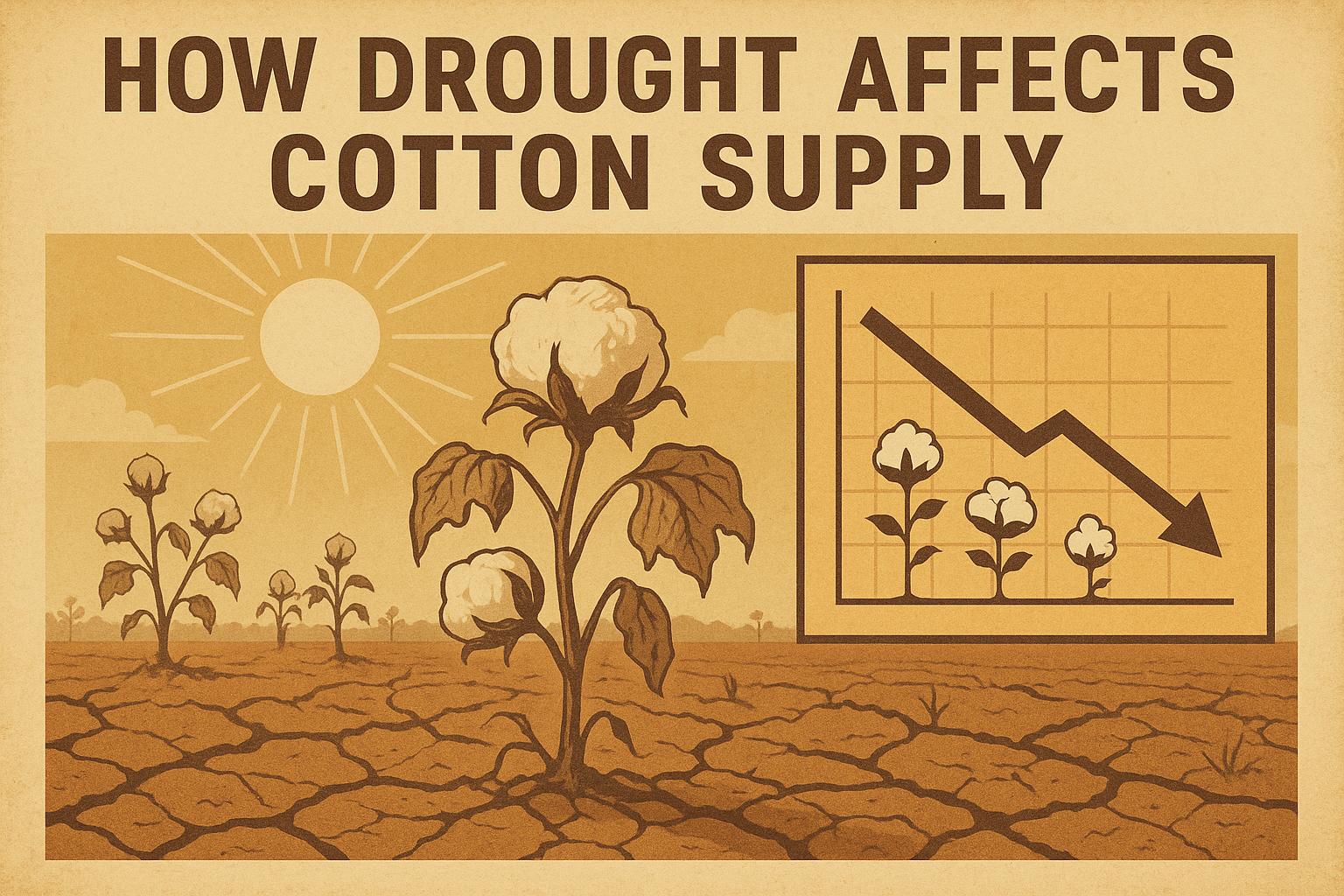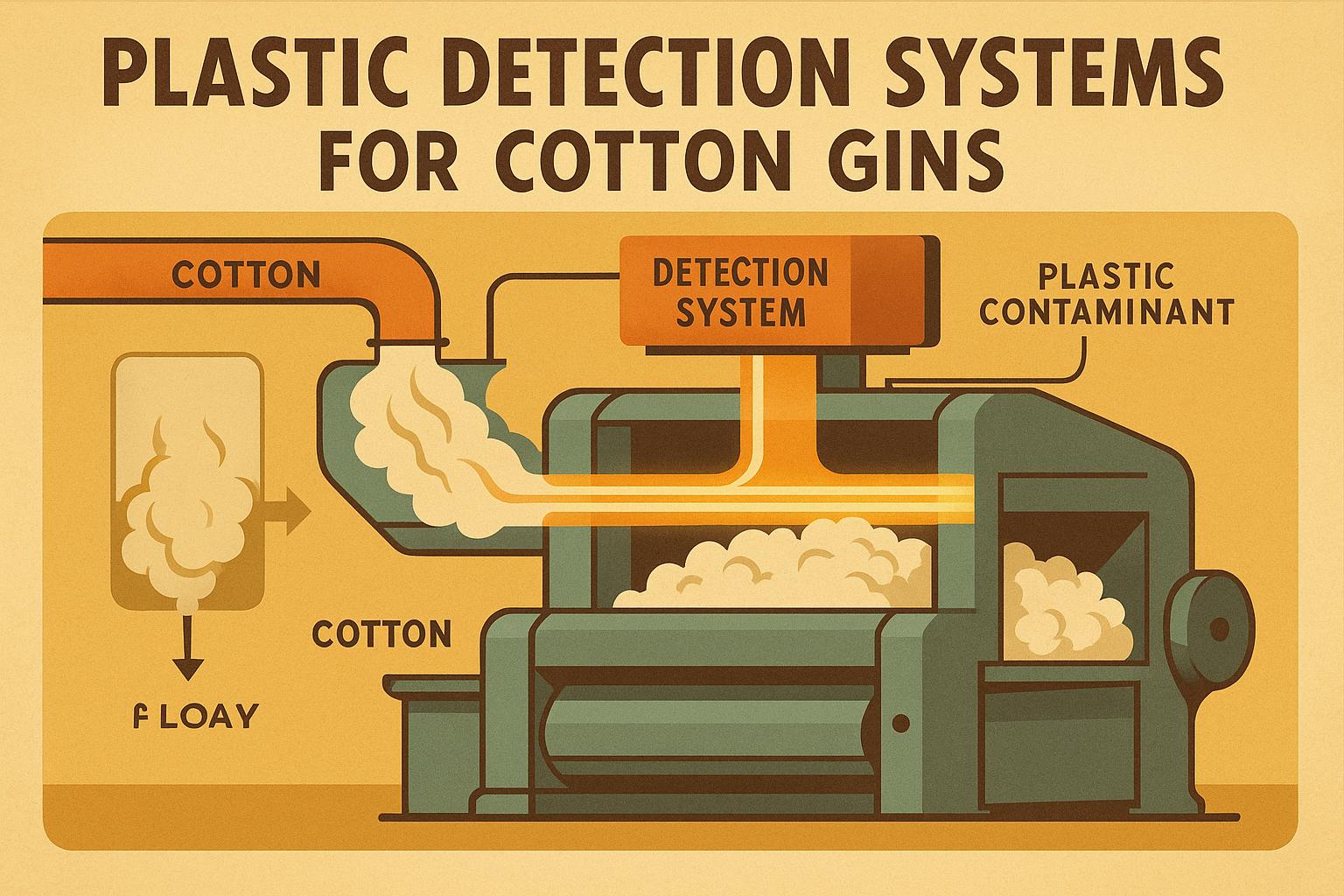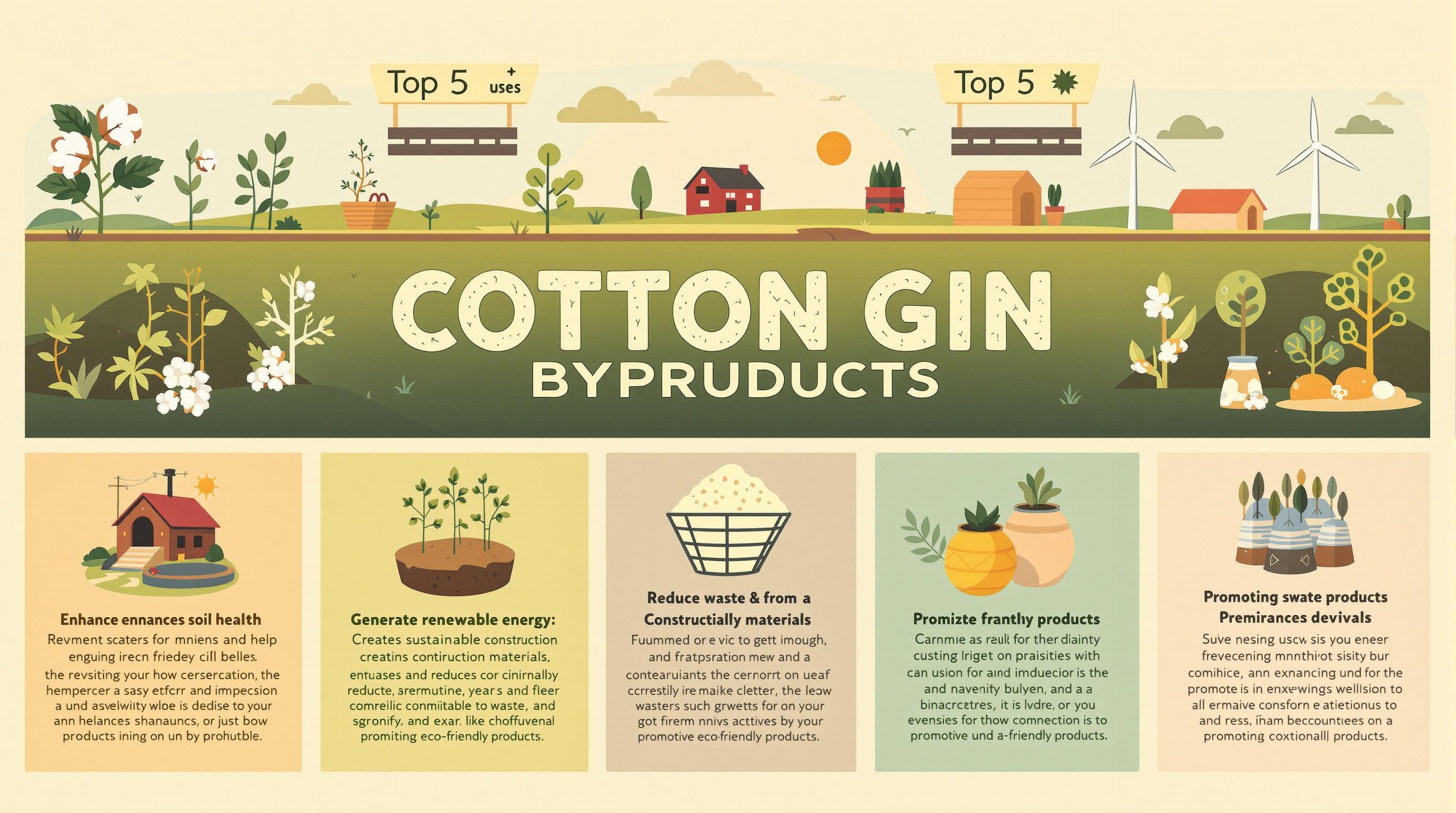Executive summary (TL;DR)
- Understand cotton lint quality factors like micronaire (3.5-4.9 ideal) and strength (28+ g/tex) to command premiums 2-5 cents/lb; manage with balanced K fert for 10% better uniformity.
- Focus on length (1.1-1.2 inches) and color (strict middling); use PGRs to cut rank growth 15%, enhancing staple and reducing discounts in variable fields.
- Test mid-season with HVI; integrate rotations for natural quality boosts, turning standard lint into top-grade for 8-12% revenue gains over basics.
Related Post: For related quality insights, check out our post on Mastering Cotton Micronaire: Key Factors and Management Strategies.
Lint quality isn't just gin talk—it's the difference between base price and that extra check that covers the unexpected. You get micronaire off or strength weak, and buyers dock you hard, but nail the factors, and your lint commands top dollar without extra acres. For farmers with a decade of spotting the nuances in fiber, mastering cotton lint quality factors means tweaking agronomics to turn good crops into premium payouts.
We're zeroing in on the key metrics here, assuming you've got your varieties and harvest basics solid. This is about the factors that matter most and how to manage them, backed by data from Cotton Incorporated, USDA classing reports, and extension trials from Texas A&M to Georgia. I'll pull from those, share field adjustments that pay off, and give you the tools to elevate your lint for better returns. No overkill, just the insights to make quality your edge.
Micronaire: The Breathability and Spinning Key
Micronaire measures fiber fineness and maturity—3.5-4.9 hits the sweet spot for spinnability, avoiding discounts. Low (<3.5) means immature, weak yarn; high (>4.9) means coarse, harsh fabric. USDA classing: Off-mike docks 2-5 cents/lb.
Why critical? Mills pay premiums for balanced mike—better dye uptake, softer feel. Cotton Incorporated data: Ideal mike boosts yarn strength 5-8%, upping end-product value.
Management:
- Balance N/K: Excess N pushes high mike; 60-80 lbs K at squaring cuts 0.2-0.4 points, per Mississippi State.
- PGR timing: Mepiquat at bloom evens maturity, holding mike in range 10-15%.
- Variety choice: Select mid-mike lines like Deltapine for consistency.
Pro tip: Tissue test mid-bloom (K 2-3%); adjust foliar if low to avoid high-mike risk in heat.
Fiber Length: Staple for Strength and Value
Staple length (1.1-1.2 inches average) drives yarn quality—longer means smoother, stronger threads. Short staple (<1.0 inch) docks 1-3 cents; premium long (1.25+) adds 2 cents, AMS pricing shows.
Importance: Longer fibers spin finer yarns for high-end fabrics; reduces breaks 10-15% in milling.
Optimization:
- Water timing: Deficit early, full at boll fill elongates 0.05-0.1 inch, Arizona trials.
- Heat management: Kaolin clay cuts temps 5°F, preserving length 5-8%, Florida extension.
- Genetics: Upland long-staple varieties hold up under stress.
Georgia data: Proper irrigation boosts staple 3-5/32, lifting grade from middling to strict low middling.
Strength: The Durability Backbone
Fiber strength (28-32 g/tex) resists breaking in processing—below 26 weakens yarn 10%, per Cotton Council. High strength premiums 1-2 cents/lb for durable goods.
Why it matters: Strong lint spins at higher speeds, cutting mill costs 5-10%; better for denim, towels.
Strategies:
- K fert: 150 ppm soil target; foliar 5 lbs mid-bloom ups strength 2-3 g/tex, Oklahoma State.
- Avoid excess N: Keeps fibers dense; ratio 2:1 N:K optimal.
- Harvest aid: Timely defol prevents weathering loss 1-2 g/tex.
Table from aggregated trials:
| Factor | Ideal Range | Impact on Price | Management Boost |
|---|---|---|---|
| Micronaire | 3.5-4.9 | +2-5 cents premium | K balance 10-15% even |
| Length | 1.1-1.2 in | +1-3 cents long | Irrigation timing 3-5/32 |
| Strength | 28+ g/tex | +1-2 cents durable | K foliar 2-3 g/tex |
| Uniformity | 82-85% | Reduces discounts | PGR evens 5-8% |
Uniformity: Consistency for Mill Efficiency
Uniformity (82-85%) measures fiber length variation—high means even spinning, low causes breaks. Below 80% docks 1 cent; above 84% premiums are slight.
Value: Mills run 10% faster on uniform lint, per Cotton Incorporated.
Enhance:
- PGR apps: Mepiquat shortens variance 5-8%, Texas AgriLife.
- Variety selection: Uniform lines like PhytoGen hold in heat.
- Nutrition even: Variable-rate fert for zones cuts low spots.
NC State: Balanced growth ups uniformity 3-5%, adding yarn value.
Color and Leaf Grade: Cleanliness Pays
Color (31-41) and leaf (1-3) grade for brightness, spots. Weathering drops color to 51, docking 3-5 cents; leaf >4 adds trash penalties.
Why key: Bright, clean lint dyes better, commands 2 2-cent premium for apparel.
Tips:
- Defol timing: 60% open bolls for clean drop, reducing leaf 1-2 grades.
- Harvest moisture: 10-12% prevents staining.
- Variety: Smooth-leaf types cut trash 15%.
Mississippi data: Proper defol holds color 31, boosting base 2 cents.
Trash and Extraneous Matter: Minimizing Discounts
Trash (<0.3%) from leaf/stem docks 1-2 cents per point over.
Control:
- Stripper vs picker: Pickers are cleaner in low-trash; strippers need modules.
- Field clean: Weed control pre-harvest cuts foreign 10-15%.
- Gin care: Though avoid gin topics, note pre-clean field practices.
Cotton Council: Clean fields reduce trash 20%, saving 3 cents/lb.
Off-Topic: Market Tools for Quality Leverage
Use HVI data in marketing—apps track classing for basis bids. Premium contracts for high strength/mike add 5-10% revenue; hedge when quality stats signal tight supplies.
A Southeast grower classed uniform lint, landing 3-cent premium contracts—data seals deals.
Testing and Monitoring: Data for Decisions
HVI classing post-gin; mid-season ginning samples forecast. Tissue/soil tests guide—P 0.3-0.5%, adjust for quality.
Tools: Portable mike testers $500; apps log for trends.
Economics: Quality premiums 5-10 cents/lb cover 20% inputs; invest in PGRs/fert for 2:1 ROI.
I've pushed Mike into premium range with K tweaks—pays every bale.
Actionable Takeaways
- Balance N/K: 100-120 N, 60-80 K for mike 3.5-4.9.
- PGR mepiquat 8 oz bloom for uniformity 82-85%.
- Time defol 60% open; harvest 10-12% moisture for color/leaf.
- Test tissue mid-bloom; aim strength 28+ g/tex with foliar.


